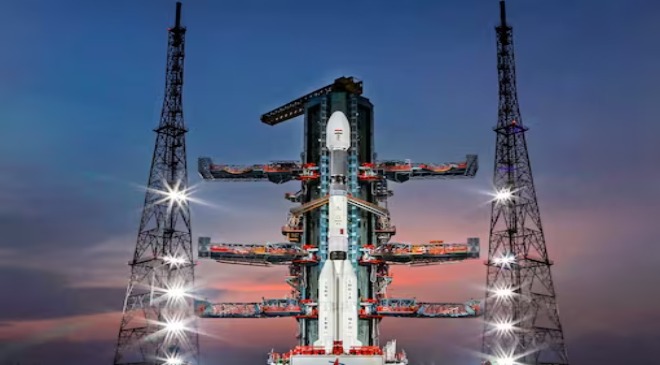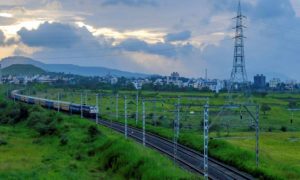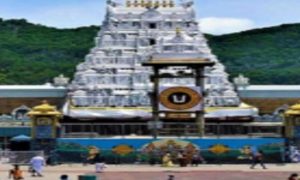If successful, India will become the fourth country to achieve a soft-landing on the Moon. So far only the US, China and the Soviet Union have been able to achieve the feat. As per ISRO, the Chandrayaan-3 mission aims to demonstrate safe and soft-landing capability on the Moon.
The Indian Space Research Organisation (ISRO) has announced that it will be launching India’s Chandrayaan-3 mission from Sriharikota on July 14. The Chandrayaan-3 mission is India’s third lunar mission and a follow up of the 2019 Chandrayaan-2 mission which failed partially after its lander and rover failed to carry out a soft-landing on the lunar soil.
Read More: Delhi Yamuna Breaches Danger Mark, Evacuations On; Rail & Road Traffic on River Bridge Suspended
If successful, India will become the fourth country to achieve a soft-landing on the Moon. So far only the US, China and the Soviet Union have been able to achieve the feat. As per ISRO, the Chandrayaan-3 mission aims to demonstrate safe and soft-landing capability on the Moon.
The officials have said that the Chandrayaan-3 will reach the Moon’s orbit in about a month and its lander, Vikram, and rover, Pragyaan, are expected to land on the lunar surface on August 23 on the South Pole of the Moon. If successful, the mission will become the world’s first to soft-land near the South Pole.
Read More: New SoP to Check Use of Freebies, Liquor to Lure Voters During Elections: All You Need to Know
What does soft-landing on the Moon mean?
A soft-landing means the vehicle lands on the surface of the Moon without sustaining any damage. The soft-landing prevents the lunar probe from facing any damage and keeps it functional after reaching the surface. The Chandrayaan-2 failed to soft-land on the lunar surface after it landed with a higher velocity than required.
ISRO has said that Chandrayaan-3 consists of an indigenous Lander module (LM), Propulsion module (PM) and a Rover. The Lander has been given the capability to soft land at a specified lunar site and deploy the Rover which will carry out chemical analysis of the lunar surface.
Read More: SC Grants Centre Time Till October To Decide on Provisions of Places of Worship Act
Sharing the details of Chandrayaan-3, ISRO Chief S Somanath said the team has done a “failure-based design” in Chandrayaan-3. The landing site has been expanded by 500m x 500 m to 4 kilometers x 2.5 kilometres. He added the Chandrayaan-2 had a very high-resolution camera onboard which gave very good pictures, almost 28 centimetre high resolution pictures of the entire Moon. Using this, the team was able to learn more about the landing site. They know all about the site, including the boulders and the craters. All the details have been programmed into Chandrayaan-3, which now knows where it has to land. Once it will take an image on the Moon, it will compare it to the one stored in its programme.
Before Chandrayaan-3, all the previous spacecraft have landed in the equatorial region. The polar regions of the Moon have remained unexplored. India’s Chandrayaan-1 had indicated the presence of water on the Moon’s surface.





































